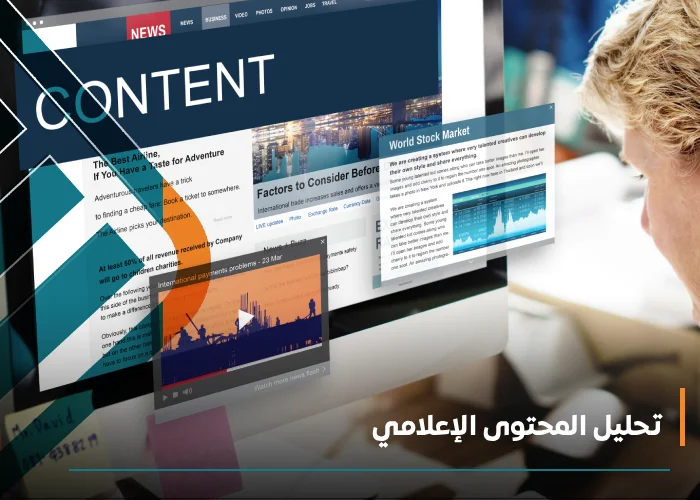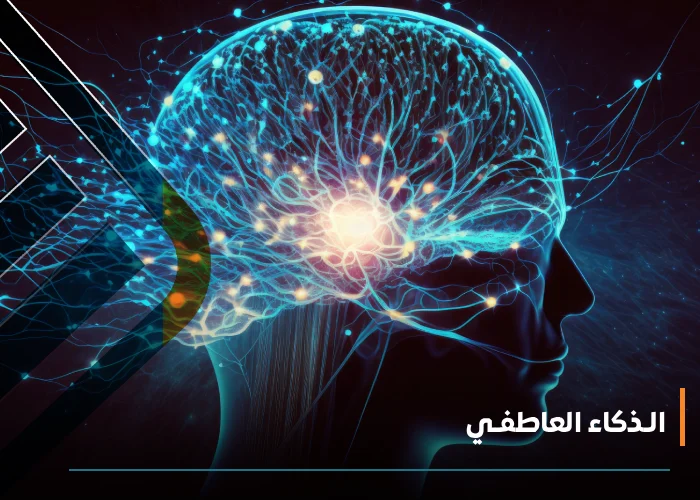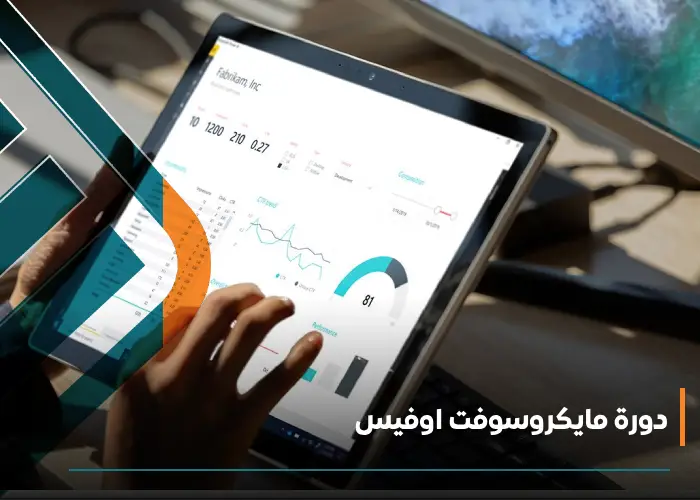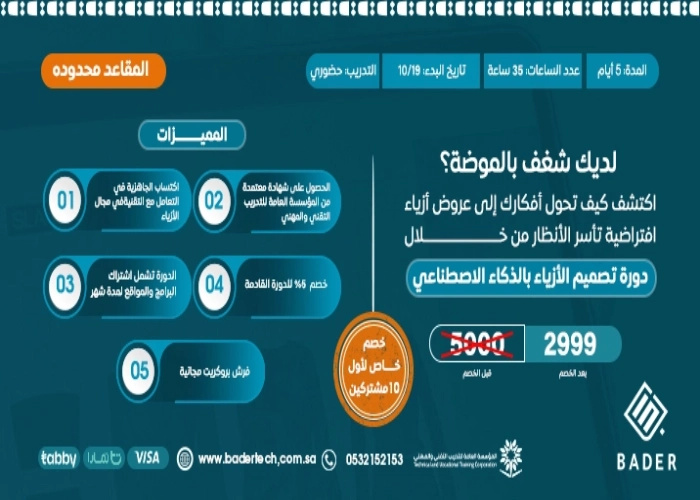
Program Objective:
Developing the trainee’s skills in efficiently and effectively preparing the human resource plan for the organization.
Skills the Program Aims to Develop:
The ability to plan human resources efficiently and effectively.
Objectives:
-
The importance of human resource planning.
-
Strategic orientations for human resource planning.
-
Stages of human resource planning.
-
How to plan human resources.
-
Preparing a human resource planning plan.
Outcomes:
Upon completing the training program, the trainee is expected to be able to:
-
Define the concepts and foundations of human resource planning.
-
Link human resource planning to the organization’s strategic plan with ease.
-
Explain the relationship between human resource planning and other administrative processes.
-
Use the stages of human resource planning effectively.
-
Select the most appropriate method for accurately estimating the required workforce.
-
Prepare the human resource plan for the organization efficiently and effectively.
-
Identify obstacles in human resource planning and learn how to handle them.
-
Course title
Human Resource Planning -
Overall time
35 Hour -
Overall days
5 Day -
Course type
- Online
- Offline
About course
Human resource planning is a strategic process aimed at ensuring that the organization has the right workforce at the right time. It is considered the foundation for the success of any organization, as it helps in identifying human resource needs at all levels, through a thorough analysis of strategic objectives and identifying gaps between available and required skills.
In this course, you will learn how to analyze organizational needs and forecast future human resource requirements based on the organization’s growth plans and market changes. We will help you gain the skills needed to forecast long-term human resource needs and identify gaps between supply and demand, which will contribute to developing effective recruitment strategies.
Through this course, you will learn about modern tools and techniques for human resource planning, and how to use data to improve recruitment, training, and employee development processes. You will be able to prepare a comprehensive human resource plan that aligns with the organization's aspirations and future directions.
The Importance of Human Resource Planning
Human resource planning is one of the key elements to ensuring sustainable success in any organization. It is a strategic process that aims to ensure the availability of the right workforce at the right time, helping organizations achieve their goals efficiently. Human resource planning is a vital tool for organizations striving for institutional excellence and sustainable development, as it helps direct human resources in line with business needs.
By analyzing the organization's needs and forecasting future human resource requirements, human resource planning enables companies to predict skills shortages or surpluses and develop strategies for recruiting, training, and developing employees optimally. This planning not only helps achieve a balance between supply and demand for the workforce, but also contributes to enhancing productivity and innovation within the organization.
Effective human resource planning enables companies to anticipate future challenges, such as changes in the labor market or expansion into new markets, and ensures the availability of employees with the right skills to meet current and future needs. It also strengthens the organization's ability to adapt to changing conditions and helps build a strong corporate culture that supports growth and innovation.
Objectives of Human Resource Planning
Human resource planning is a vital strategic tool aimed at ensuring the ideal balance between an organization's workforce needs and available resources. The goals of human resource planning aim to achieve multiple benefits that contribute to improving organizational performance and supporting sustainable growth strategies.
One of the main objectives of human resource planning is to analyze employee needs and provide the required skills and expertise to ensure that current and future work requirements are met. By identifying these needs, targeted recruitment plans can be developed, which helps attract the best talents to achieve organizational goals.
Human resource planning also helps develop employees' capabilities by designing strategies for training and skill development, which enhances productivity and contributes to improving job performance. This reflects the organization's commitment to achieving sustainable development and motivating employees to perform their tasks with higher efficiency.
Another goal of human resource planning is to retain talented employees and reduce turnover rates by implementing effective performance management and promotion strategies. Human resource planning also helps achieve a balance between supply and demand for the workforce, enabling the organization to adapt to economic and business changes.
What Are the Steps in Human Resource Planning?
Human resource planning is a strategic process aimed at ensuring that the organization has the right workforce at the right time to achieve its goals. Effective human resource planning requires following systematic steps to identify workforce needs, analyze gaps, and implement appropriate solutions to meet those needs. In this context, Bader Technology Center offers excellent training courses focusing on human resource planning, helping organizations adopt scientific and advanced methods to manage human resources efficiently.
-
Analyzing the Organization’s Needs
The first step in human resource planning begins with analyzing the organization’s needs based on its strategic goals. This involves examining the current performance of the organization and determining whether the current workforce is capable of meeting these goals. During this phase, the required skills and expertise needed to support future growth plans are identified.
-
Evaluating the Current Workforce
After determining the organization's needs, the next step is to evaluate the current workforce. This involves measuring the efficiency of current employees and assessing whether they possess the skills required to meet the organization's goals. This evaluation helps identify gaps between the current state and future needs, which contributes to effectively guiding training and development programs.
-
Forecasting Future Needs
Forecasting future human resource needs involves estimating the number of employees and the required skills in the long term. This forecast is based on analyzing future market trends and job requirements, which enhances the organization's ability to adapt to economic and technological changes.
-
Developing a Recruitment Strategy
Based on the previous analysis, a strategy is developed to recruit the necessary human resources, focusing on attracting suitable talents. This strategy emphasizes using effective recruitment channels and establishing recruitment criteria that align with the organization’s short- and long-term needs.
-
Developing Employee Training and Development Plans
After identifying skill gaps, the next step is to develop employee training and development plans. These plans involve creating targeted training programs to enhance the technical and managerial skills of current employees. These programs contribute to boosting productivity and improving job performance within the organization.
-
Performance Management and Continuous Review
Through performance management, the effectiveness of human resource planning is periodically evaluated by reviewing results and ensuring that the established plans align with the organization’s goals. This includes evaluating individual and team performance, which helps identify necessary adjustments to improve planning strategies.
Bader Technology Center: Specialized Training in Human Resource Planning
At Bader Technology Center, we offer accredited, specialized training courses in human resource planning, where you can learn how to apply these practical steps effectively. The course provides you with the tools needed to develop a human resource strategy that fits the actual needs of your organization. The course also includes scientific and modern methods for analyzing, recruiting, training, and managing employees, along with performance management techniques.
The Best Course in Human Resource Planning
Human resource planning is a strategic process aimed at ensuring the availability of the right workforce at the right time to achieve the organization’s goals. This process is one of the cornerstones that contribute to improving organizational performance and enhancing operational efficiency.
Bader Technology Center is one of the leading training centers in Saudi Arabia that offers specialized courses in human resource planning. It focuses on equipping participants with the knowledge and skills needed to implement effective strategies in workforce management.
Advantages of the Human Resource Planning Course at Bader Technology Center:
-
Internationally Accredited Certificates: The certificates awarded by Bader Technology Center are recognized by official bodies, enhancing the professional value for participants.
-
Comprehensive Training Content: The course covers various aspects such as needs analysis, forecasting future requirements, and developing recruitment strategies.
-
Professional Trainers: Bader Technology Center’s team consists of highly experienced trainers in human resource management.
-
Flexible Learning Options: The courses are available in both in-person and remote formats to meet the various needs of trainees.
-
Continuous Support: The center offers workshops and regular reviews to ensure the effective application of the knowledge acquired.
If you’re looking to develop your skills in human resource planning and obtain an accredited certificate, Bader Technology Center is the ideal choice for you. Start your journey toward a brighter career future today.

































